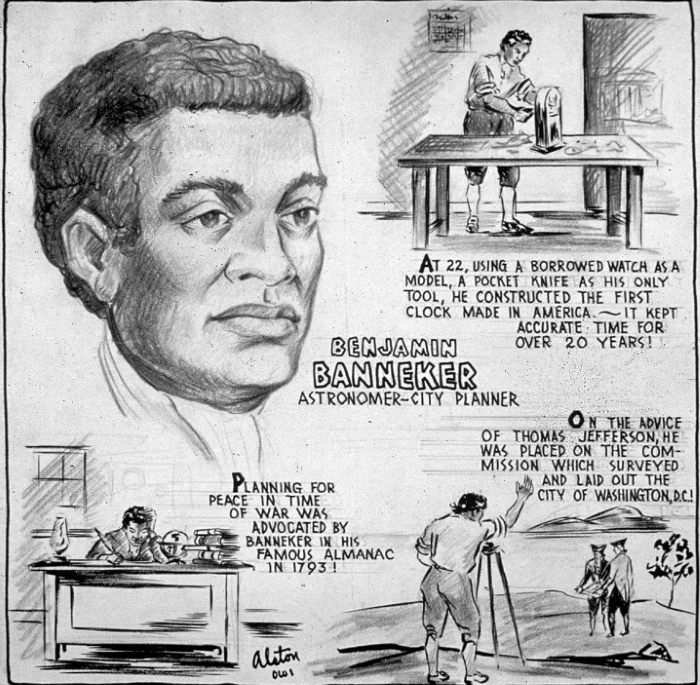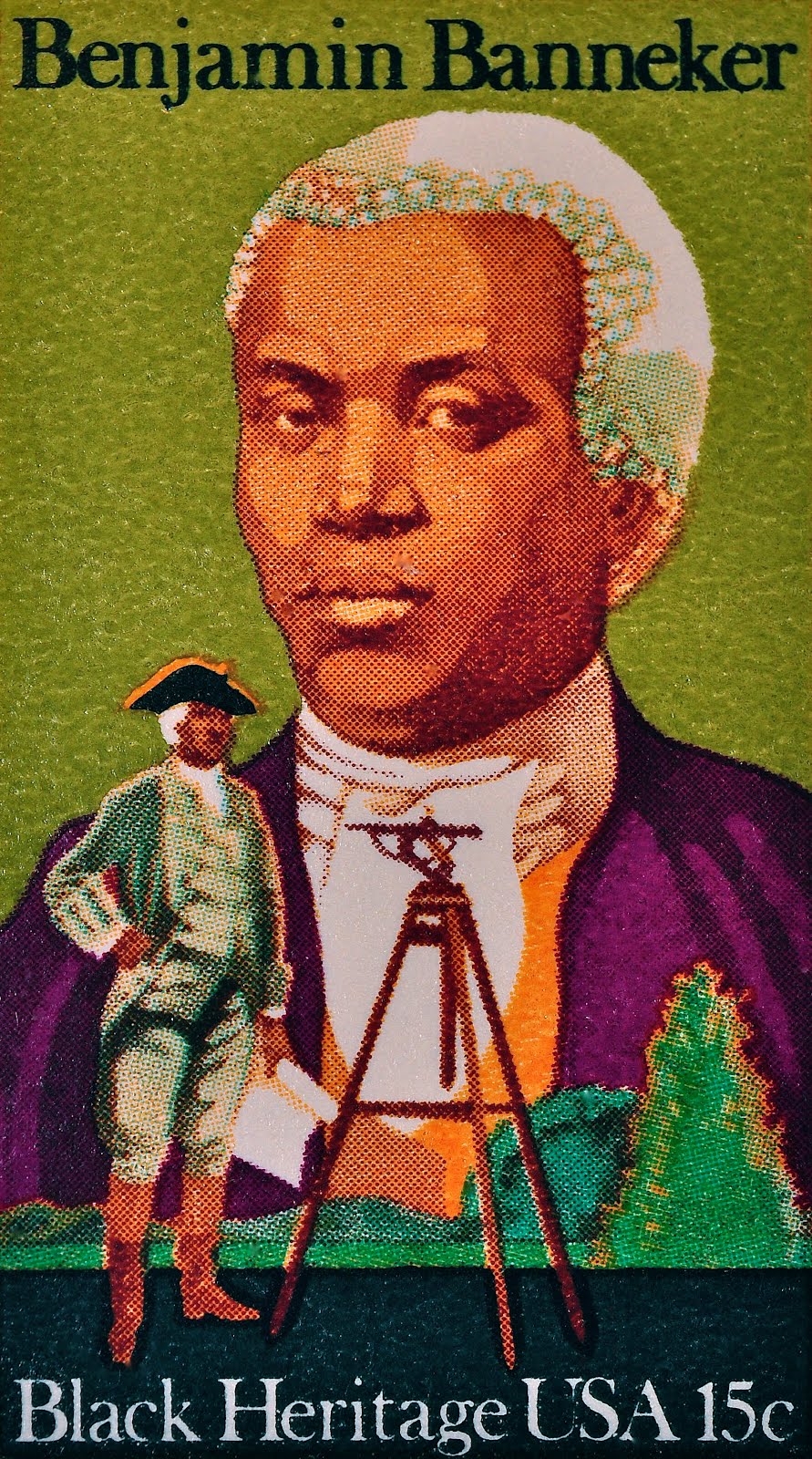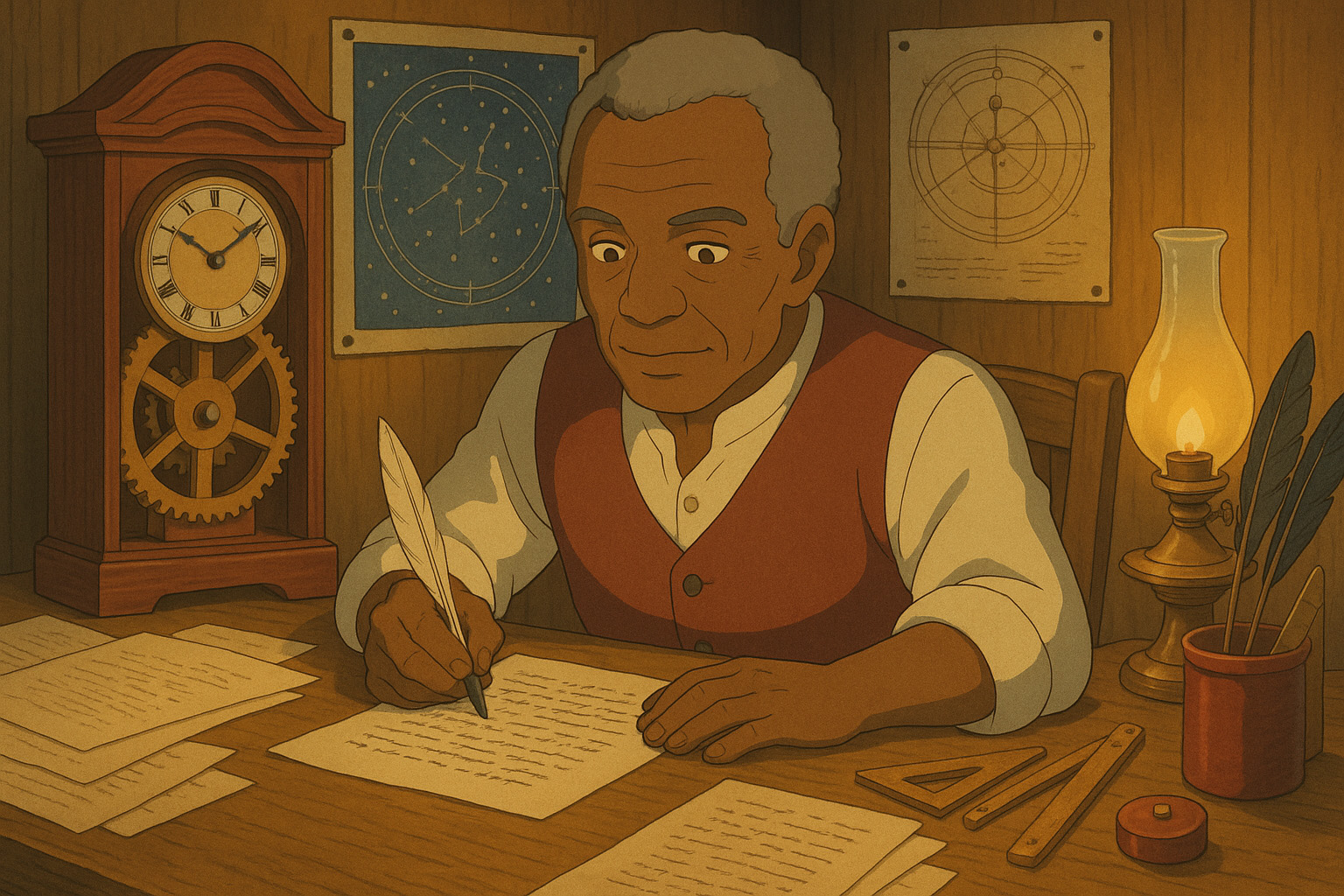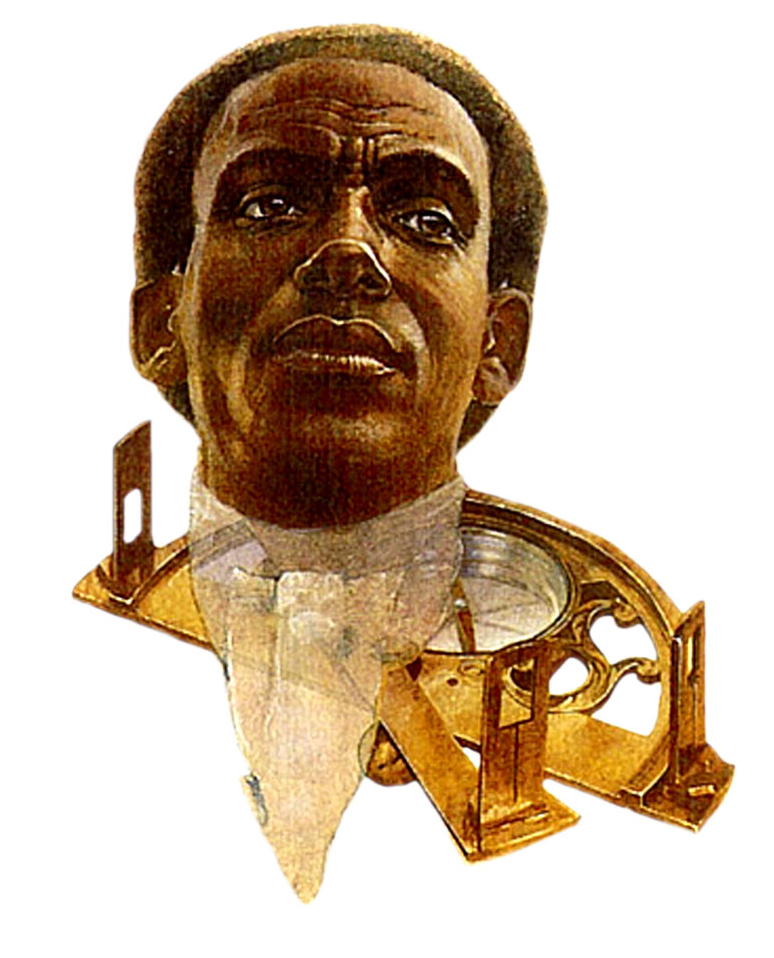Benjamin Banneker: The Original American Visionary
A Timeless Legacy That Inspires Every Banneker Watch
Born Free. Self-Taught. No Limits.
In a time when America was just beginning, Benjamin Banneker was already centuries ahead.
Born on November 9, 1731, in Maryland to a free African-American mother and a formerly enslaved father, Banneker rose from humble beginnings to become a clockmaker, astronomer, mathematician, surveyor, abolitionist, and the first African-American author of a scientific publication. His life is not just a story of survival—it’s a testament to brilliance, resilience, and legacy.
Searching for a watch with historical significance and cultural depth?
Discover the timepieces inspired by this extraordinary man.
⏱️ The Clock That Changed History
At just 22, Banneker borrowed a pocket watch from a neighbor—then took it apart, studied its inner workings, and hand-carved an entire striking clock from wood using only simple tools and self-taught engineering.
This was not just any clock. It was considered by many to be the first striking clock made in America from parts carved of wood, and it kept perfect time for over 50 years. A masterpiece of craftsmanship and ingenuity.
Inspired by that legacy, every Banneker timepiece today contains real wood—a tribute to Banneker’s enduring creativity.

Stargazer. Scientist. Self-Made Genius.
Despite having only a few years of formal schooling, Banneker taught himself advanced mathematics, astronomy, and music. By age 58, he was predicting solar and lunar eclipses, publishing almanacs, and corresponding with some of the top minds of the day.
In 1791, he joined a team tasked with surveying the land that would become Washington, D.C. His work helped lay the foundation for America’s new capital—and his achievements helped redefine what was possible for a Black man in early America.
CLICK HERE TO READ FAMOUS BENJAMIN BANNEKER QUOTES
A Voice for Equality

Benjamin Banneker didn't just calculate orbits—he challenged injustice.
In 1791, he famously wrote a letter to Thomas Jefferson, calling out the hypocrisy of slavery and reminding Jefferson that “the same sensations and faculties” were given to all men. Jefferson responded, and Banneker published both letters in his 1793 Almanac, making him one of the first published civil rights advocates in American history.

A Life's Work, Lost—But Not Forgotten
On October 9, 1806, Banneker passed away at the age of 74. Just days later, a mysterious fire burned his home to the ground while his funeral was taking place nearby, destroying nearly all of his life’s work—his clock, instruments, books, letters, and research.
But while the fire took his possessions, it couldn't erase his impact.
At Banneker Watches, we are committed to keeping his story alive—through timepieces that honor his vision, his struggle, and his legacy.
Banneker's life and achievements are inspirational. Despite the popular prejudices of his times, the man was quite unwilling to let his race or his age hinder in any way his thirst for intellectual development. Benjamin Banneker is truly a forgotten founding father.
“If this man could achieve so much with so little… imagine what you can achieve in today's world.”
Why We Use Real Wood in Every Banneker Watch
Benjamin Banneker’s original clock was hand-carved entirely from wood. That legacy lives on in every Banneker product today. From our watches and clocks to jewelry, each piece includes premium wood elements from around the world—uniting heritage, craftsmanship, and cultural meaning.
Whether you're looking for a watch with historical roots, a gift that honors Black excellence, or a statement piece with some funk and soul, Banneker timepieces are built for those who value more than just luxury—they value legacy.
CLICK HERE TO READ BANNEKER'S LETTER TO THOMAS JEFFERSON

Fun Facts About Benjamin Banneker
- Born free in 1731 near present-day Ellicott City, MD
- Built the first known striking wooden clock in America at age 22
- Played the violin and flute; loved math, music, and astronomy
- Published six popular almanacs between 1792–1797
- Surveyed the land that became Washington, D.C.
- Advocated for civil rights and free public education
- Proposed a “Secretary of Peace” for the U.S. cabinet
- Meditated under pear trees and studied stars until dawn
- Never married, dedicating his life to learning and discovery

Learn More About His Legacy
Follow us on Instagram, Facebook, TikTok, or visit our YouTube channel to learn powerful information about Benjamin Banneker’s life, his accomplishments, and how his story continues to inspire generations today.
Join the Banneker Movement
Help us share Banneker’s legacy and rewrite history one wrist at a time. Wearing a Banneker Watch isn’t just about time—it’s about honoring the past while shaping the future.
➡️ Explore the Collection
➡️ Read Banneker’s Letter to Jefferson
➡️ Browse Famous Benjamin Banneker Quotes
If you would like to learn more, here is a video that shares a little more information about the History of Benjamin Banneker and some of the great things he accomplished. Please visit our YouTube page for other Benjamin Banneker videos.

